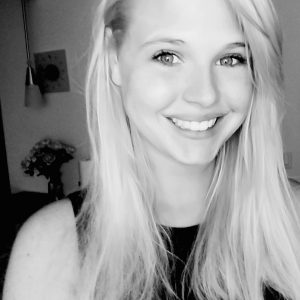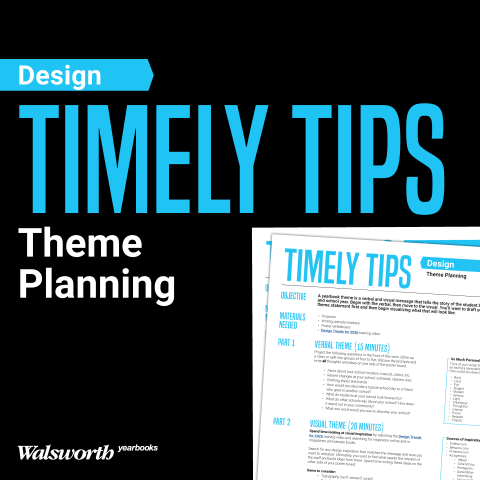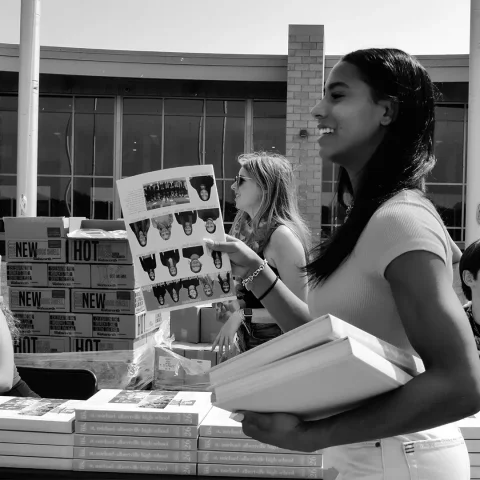Yearbook design isn’t just about creating something pretty; it’s about understanding your audience and telling their unique story through visual storytelling. This month on That Yearbook Podcast we will be sharing insights from Walsworth Graphic Designer, Stephanie Streicher. To pair with this podcast, this month’s training series will cover the top eight design trends to watch for in 2026, as well as best practices for implementation.
Five Key Categories of Yearbook Design
Successful yearbook design hinges on mastering five critical categories:
Typeface: The personality and mood of your design, ranging from serif to sans serif, display to script fonts; how capitalization and font selection communicate the yearbook’s unique character.
Color: A psychological tool that evokes emotions and sets the tone, with each color carrying its own meaning; balancing school colors while finding fresh, innovative combinations.
Graphic Elements: More than just shapes, these are design elements that create visual interest and consistency; including layered photo treatments, altered typography, creative cutouts and strategic design techniques that connect spreads from page one to page 100.
Photo Treatments: Diverse approaches to image styling, from full color authenticity to black and white, high saturation, duotone effects and partial or full image cutouts; each treatment adding depth and narrative to visual storytelling.
Composition: The strategic arrangement of visual elements, focusing on alignment, white space and hierarchy; guiding the viewer’s eye through intentional design that balances type, images and graphic elements to create engaging and dynamic spreads.
What’s Trending?
The latest trends in design are reshaping the way we communicate, create and captivate. From eye-catching type to unexpected color combos, this series will dive into the hottest design trends of 2026, showcasing the best examples from the best brands, along with ways to implement the traits of these trends in your next publication. Trends covered include:
Bold Minimalism
A design approach that uses minimal elements with maximum impact. It focuses on creating powerful visual statements through strategic use of typography, color and imagery.
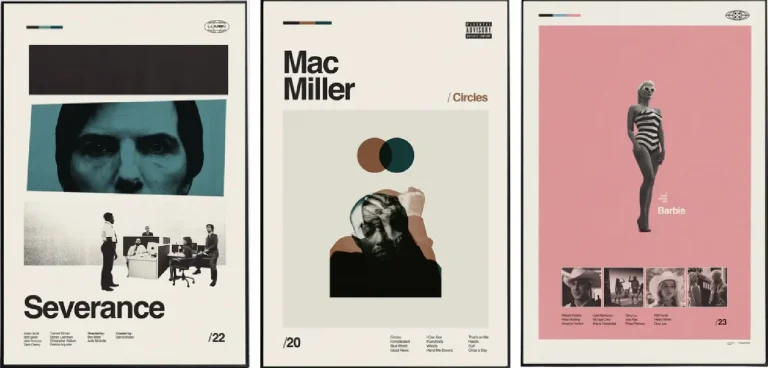
Altered Type
A typography technique where each letter in a word becomes a unique design element with its own personality. The goal is to create dynamic, playful text while maintaining overall readability.
Color Palettes and Photo Treatment
A dynamic exploration of visual palettes that push creative boundaries, featuring high-saturation bold colors that demand attention, jewel tones that evoke luxury and depth, and “future dust” colors that blend metallic silvers and ethereal purples to create a futuristic, magical aesthetic. These trends transform color from a simple design element into a powerful storytelling tool that captures emotion, energy and innovation.
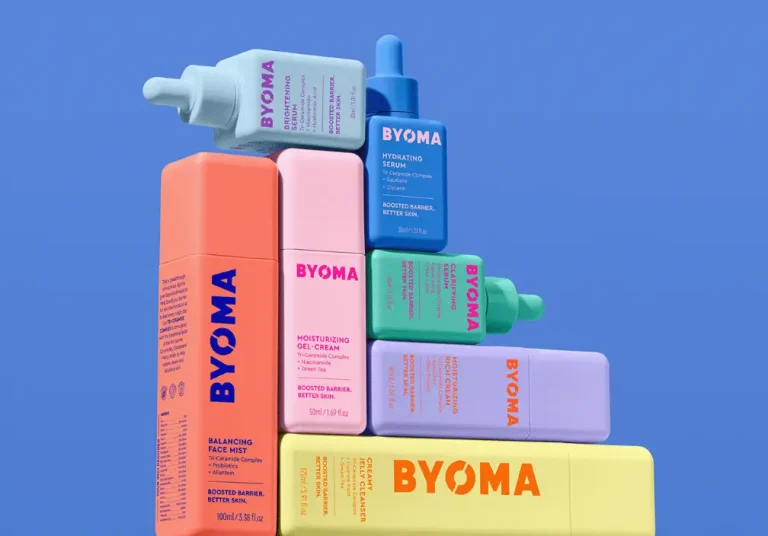
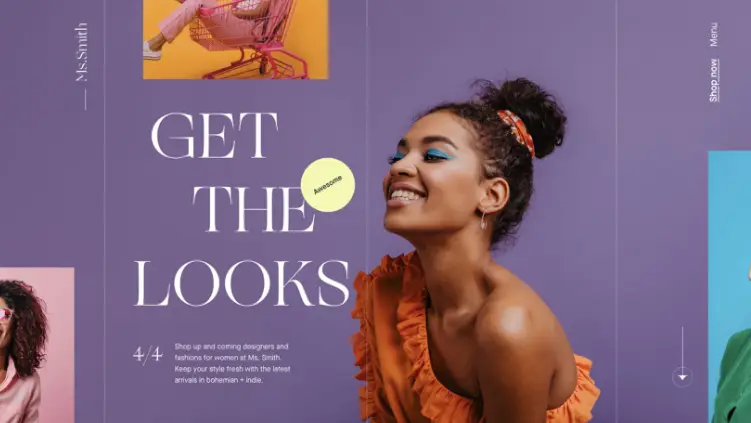
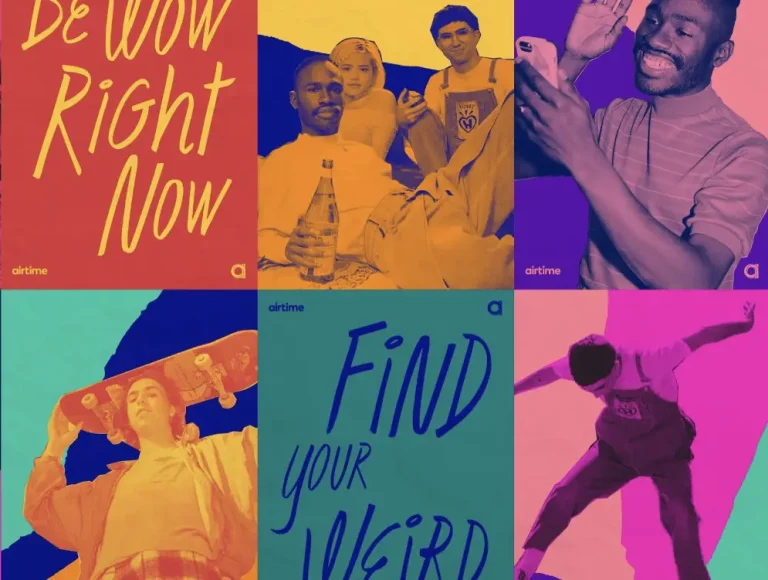
Shapes
Shapes can often be a slippery slope; however, there are ways to utilize shapes within your designs that can make a lasting impact. Creatively use geometric forms by incorporating photos inside text and utilizing color blocking. The goal is to create visual interest through shape repetition and strategic design.
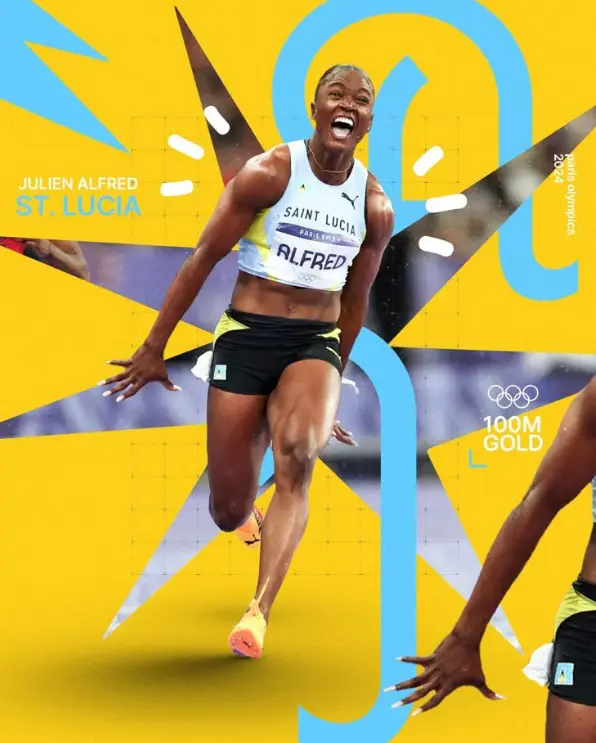
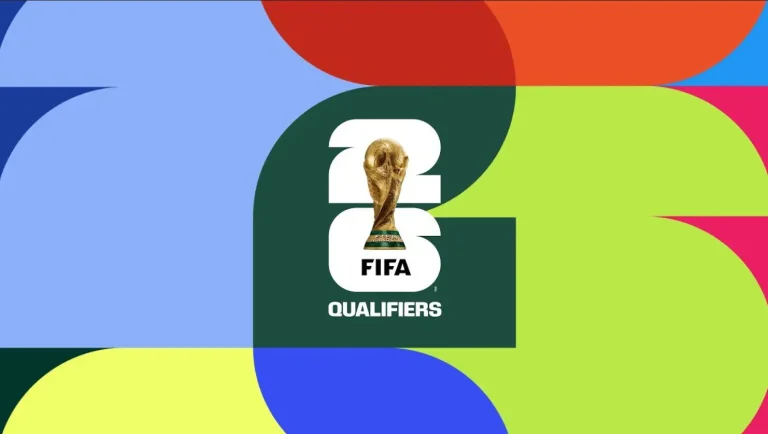
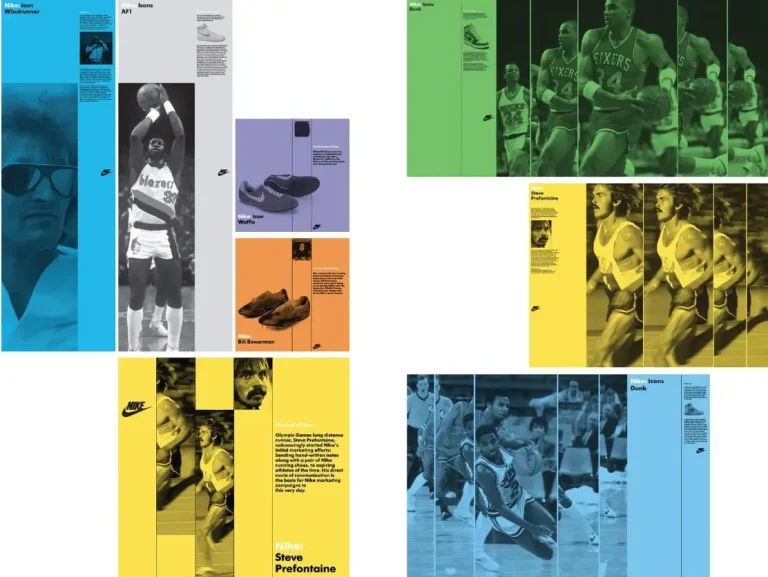
Depth
Create visually complex spreads by layering text and photos in collage-like arrangements. This approach adds visual complexity and encourages readers to engage more deeply with the content.

Natural Influences
Design with nature-inspired color palettes and authentic photography, using serif and script fonts to create whimsical, less rigid layouts. The trend emphasizes a more organic and authentic visual approach.
Maximalism
Embrace high saturation colors, extensive layering and multiple typefaces to force readers to stop and engage with the content. This trend is about creating visually engaging and exciting designs that demand attention.
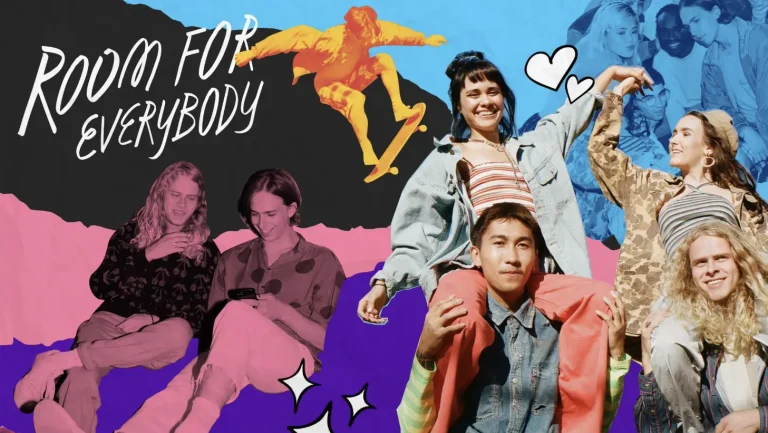
Retro Futurism
Blend vintage typography with modern design, using retro color schemes and nostalgic elements to create clean, updated vintage looks. The approach combines historical design elements with contemporary aesthetics.
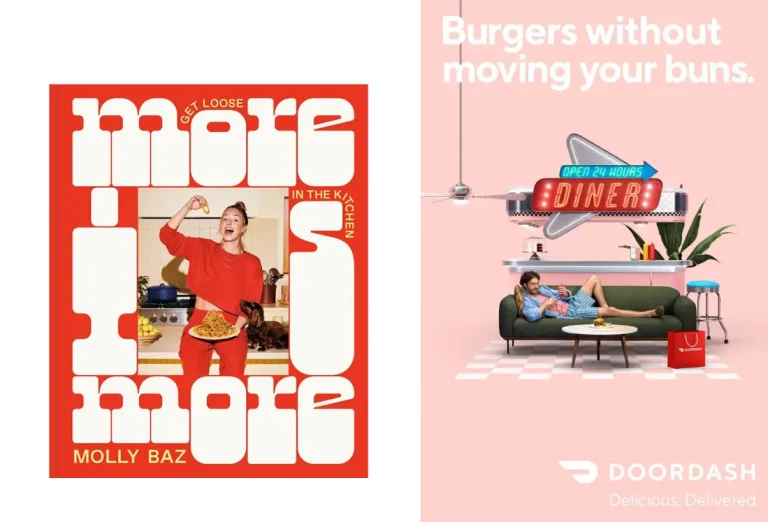
Let’s Get Started
The design trends discussed offer exciting opportunities for you to elevate your storytelling and visual approach. To dive deeper into these trends and gain even more insights, watch the latest That Yearbook Podcast episode and the new Trends Training Video Series now available. These resources will provide comprehensive guidance, practical examples and expert advice to help you transform your yearbook design from good to extraordinary. Let’s get started!


